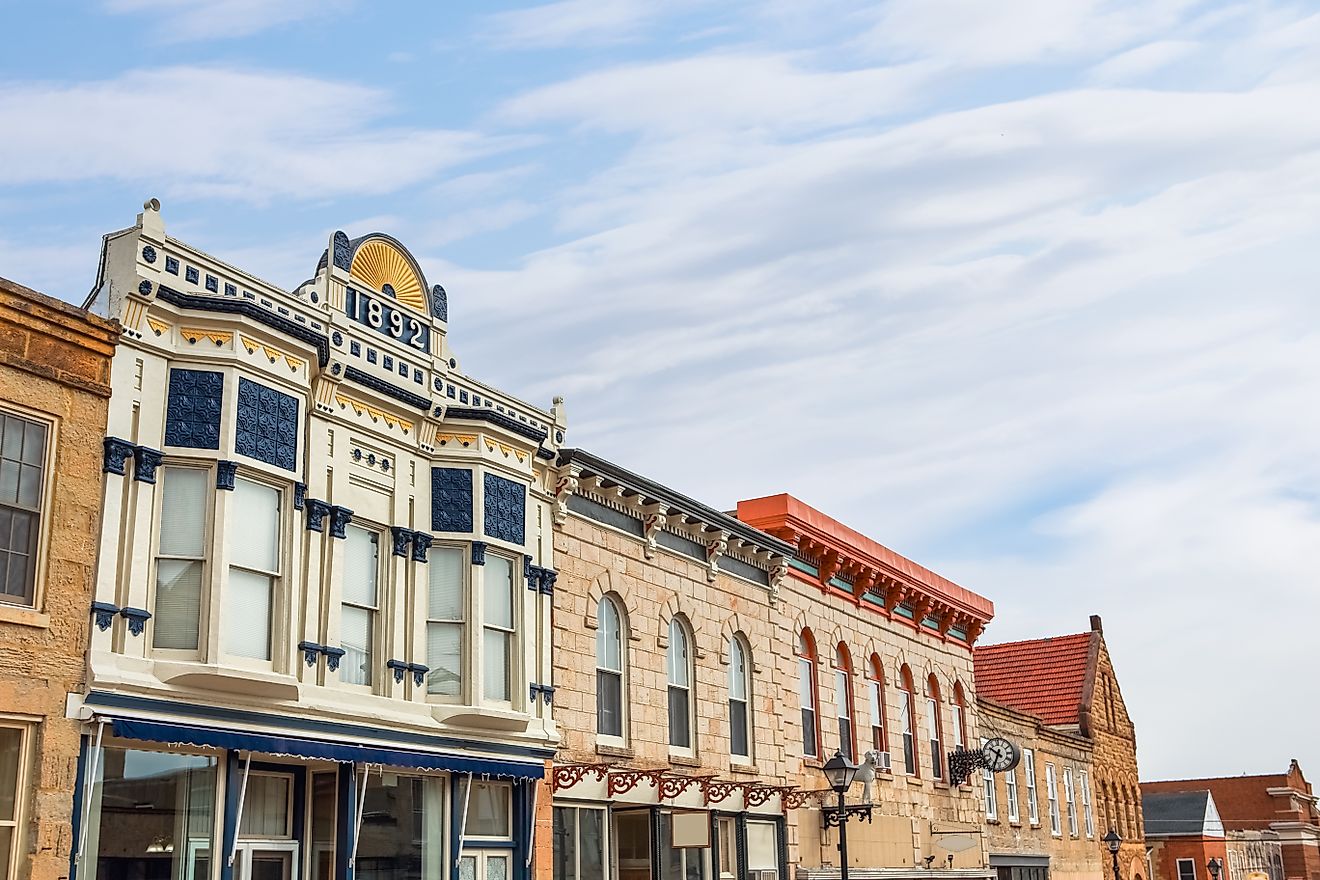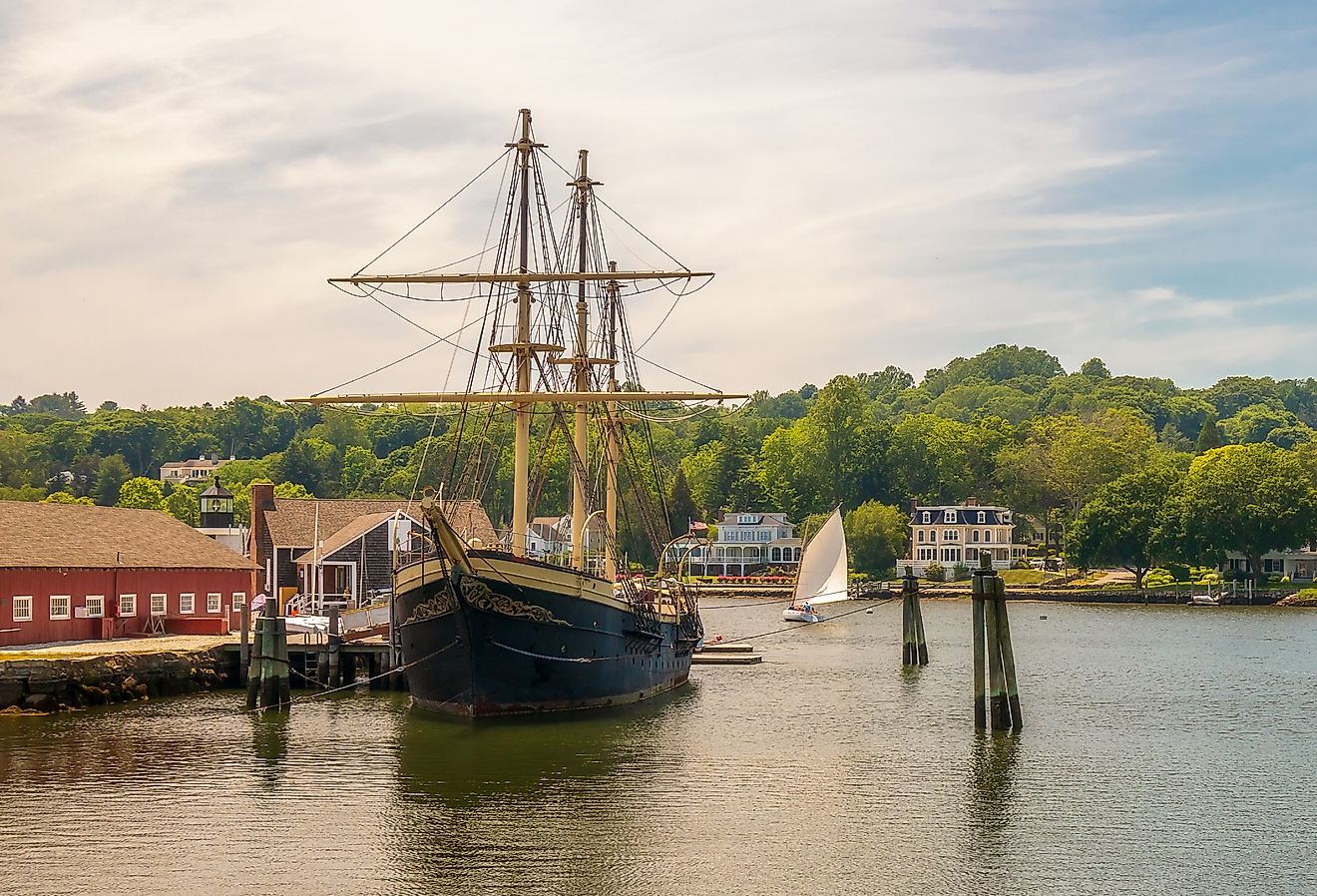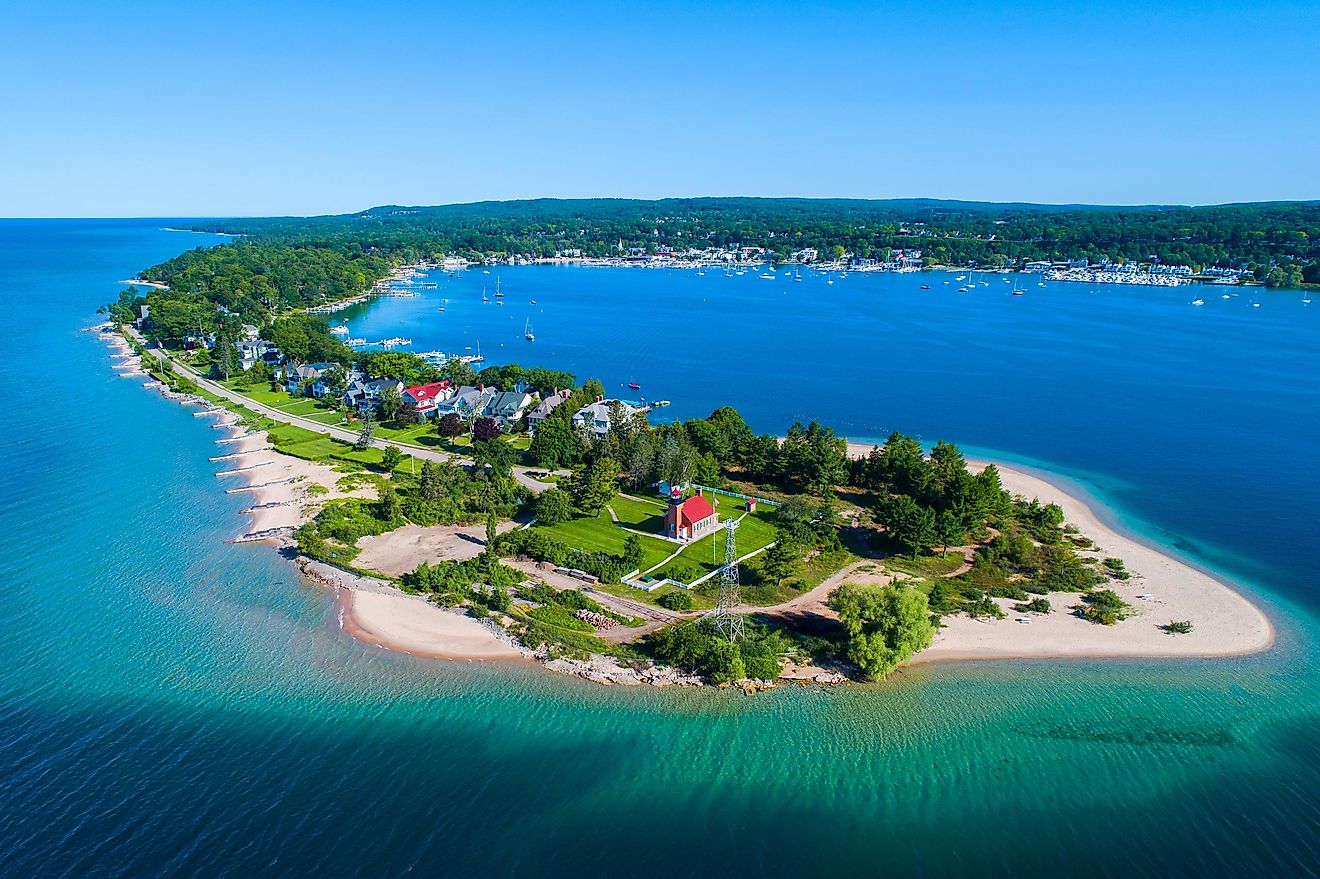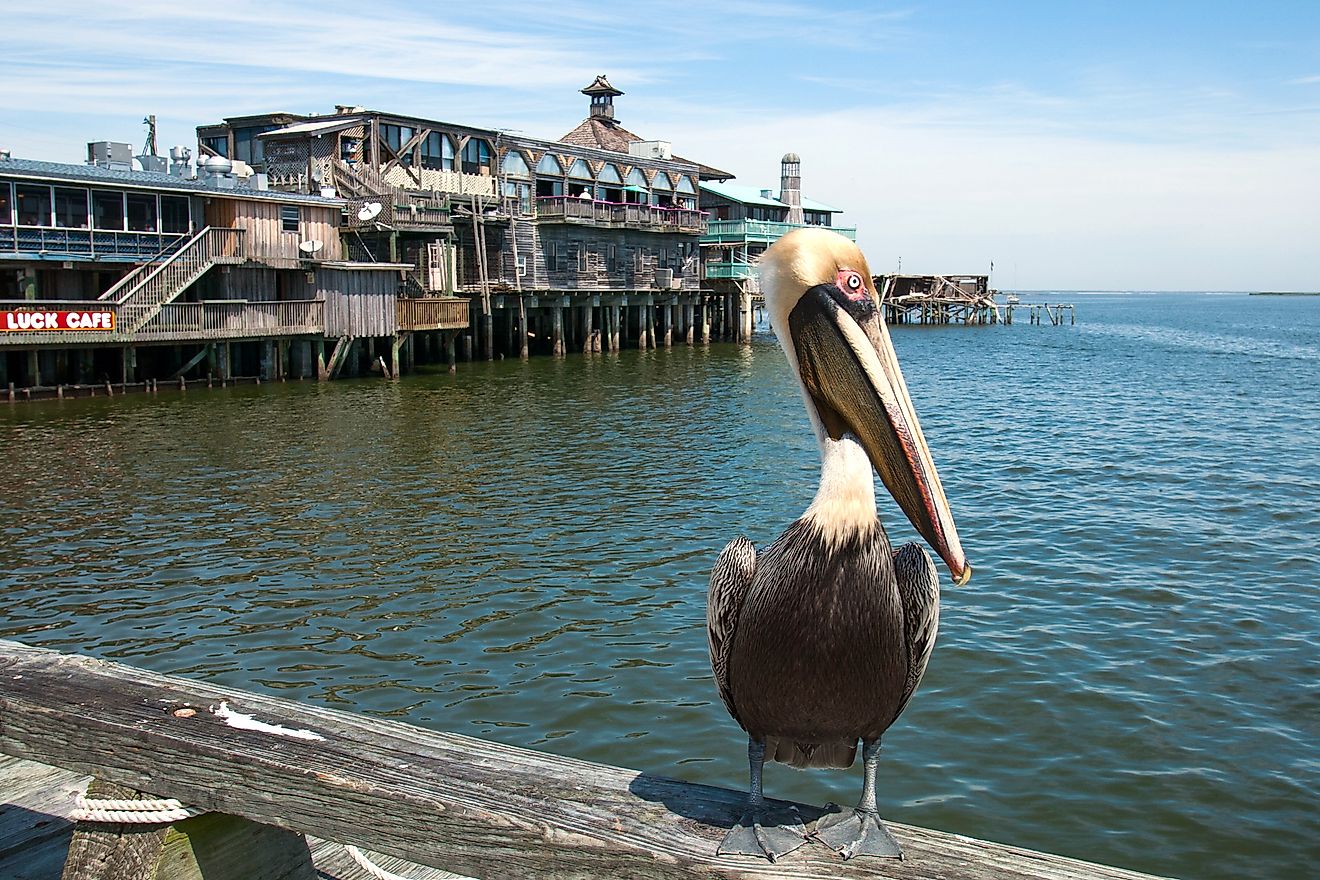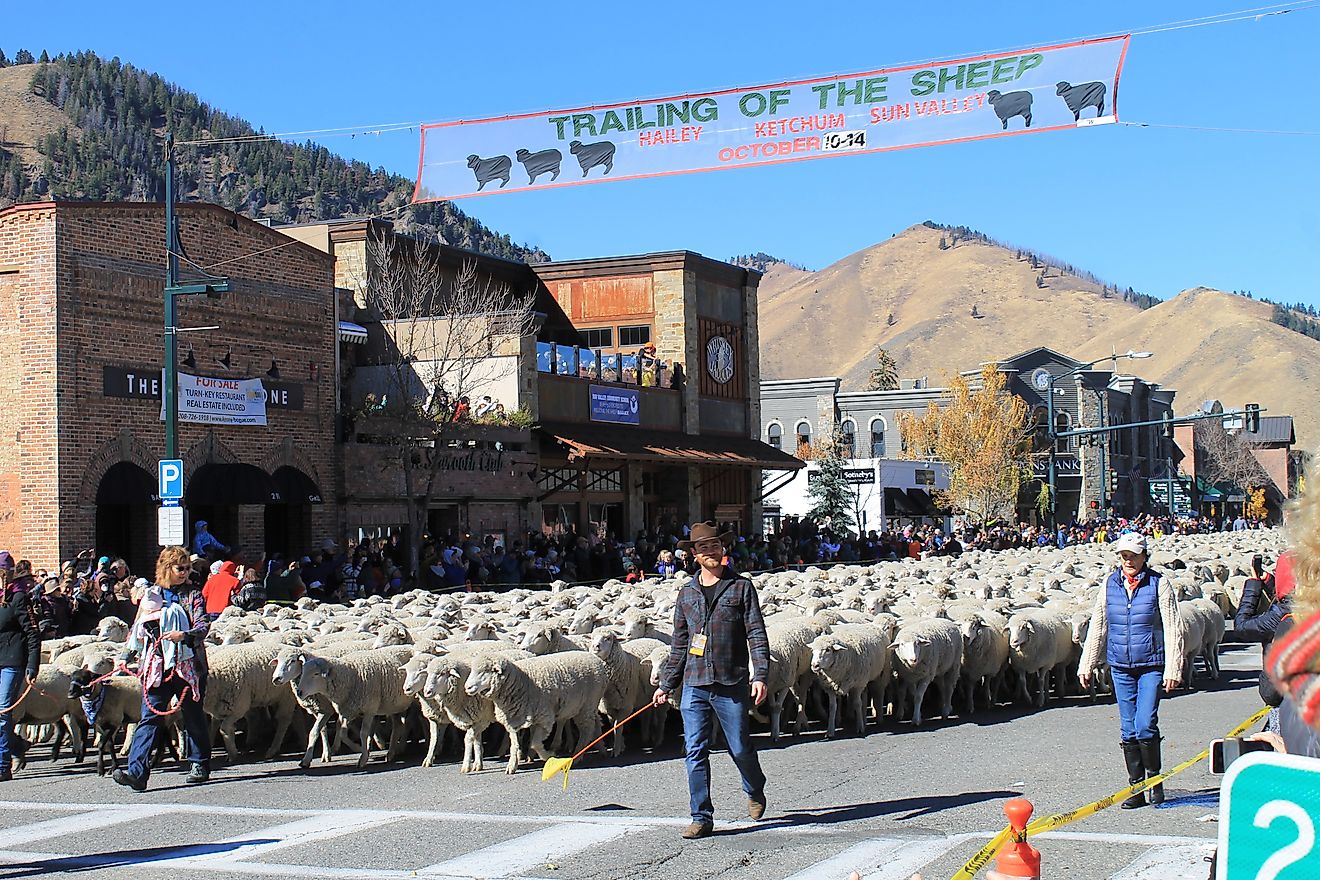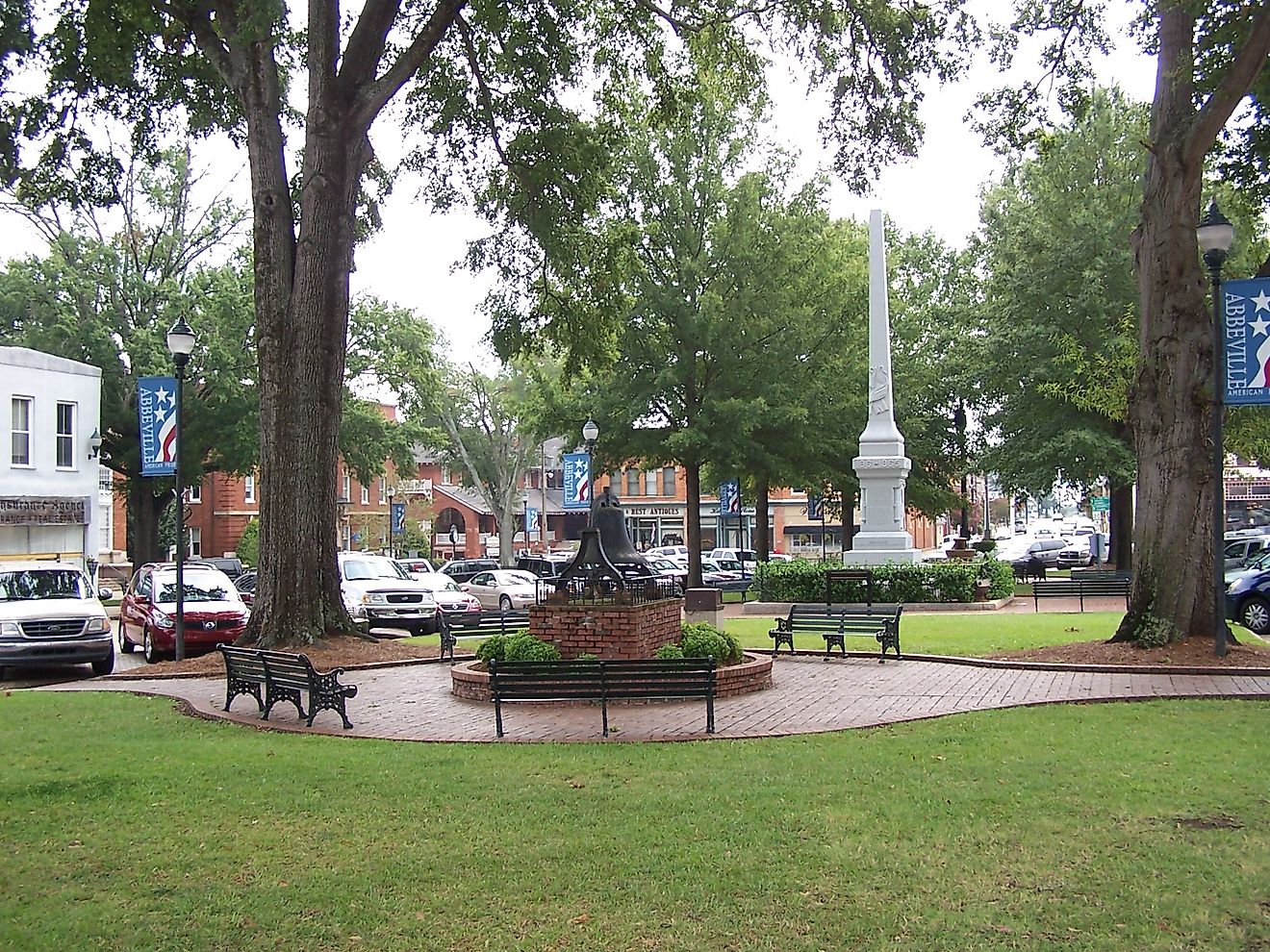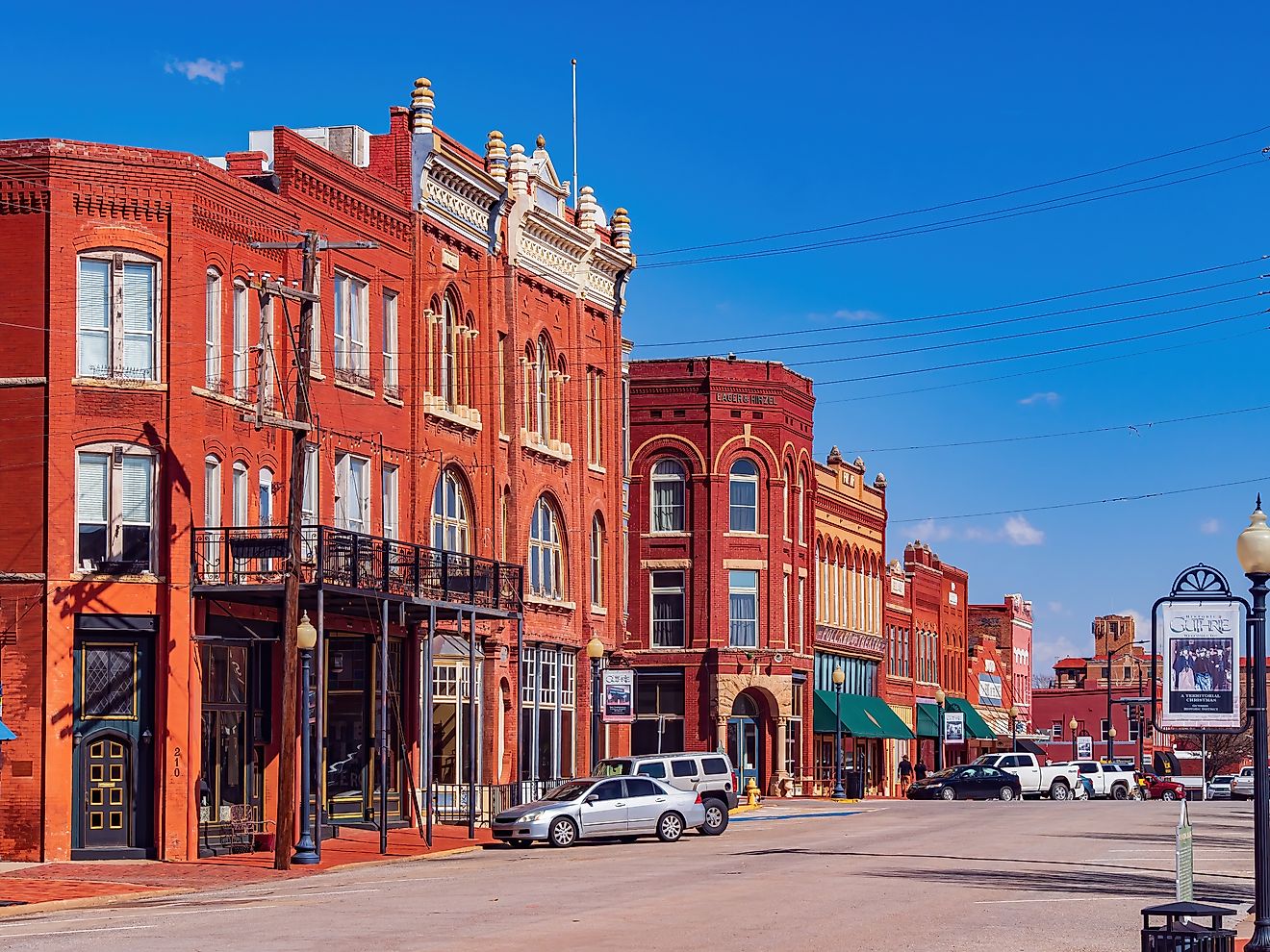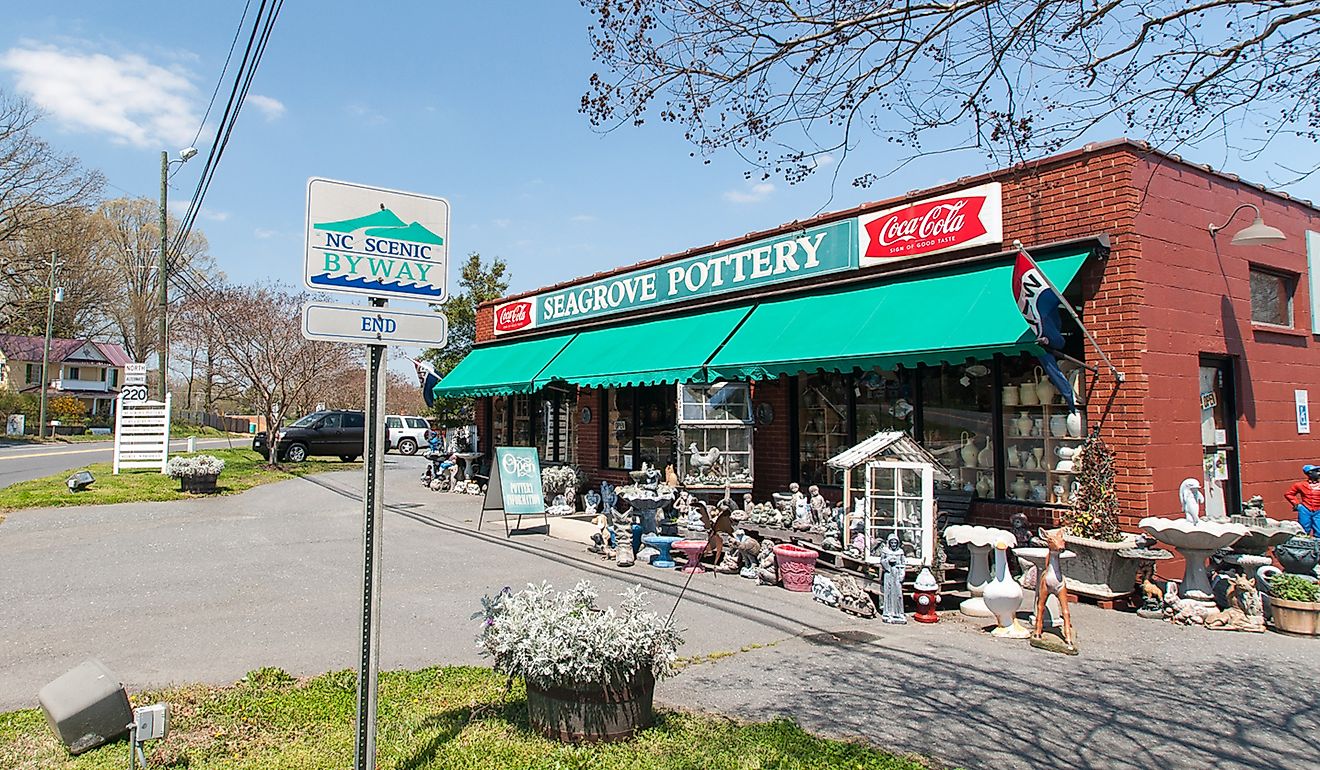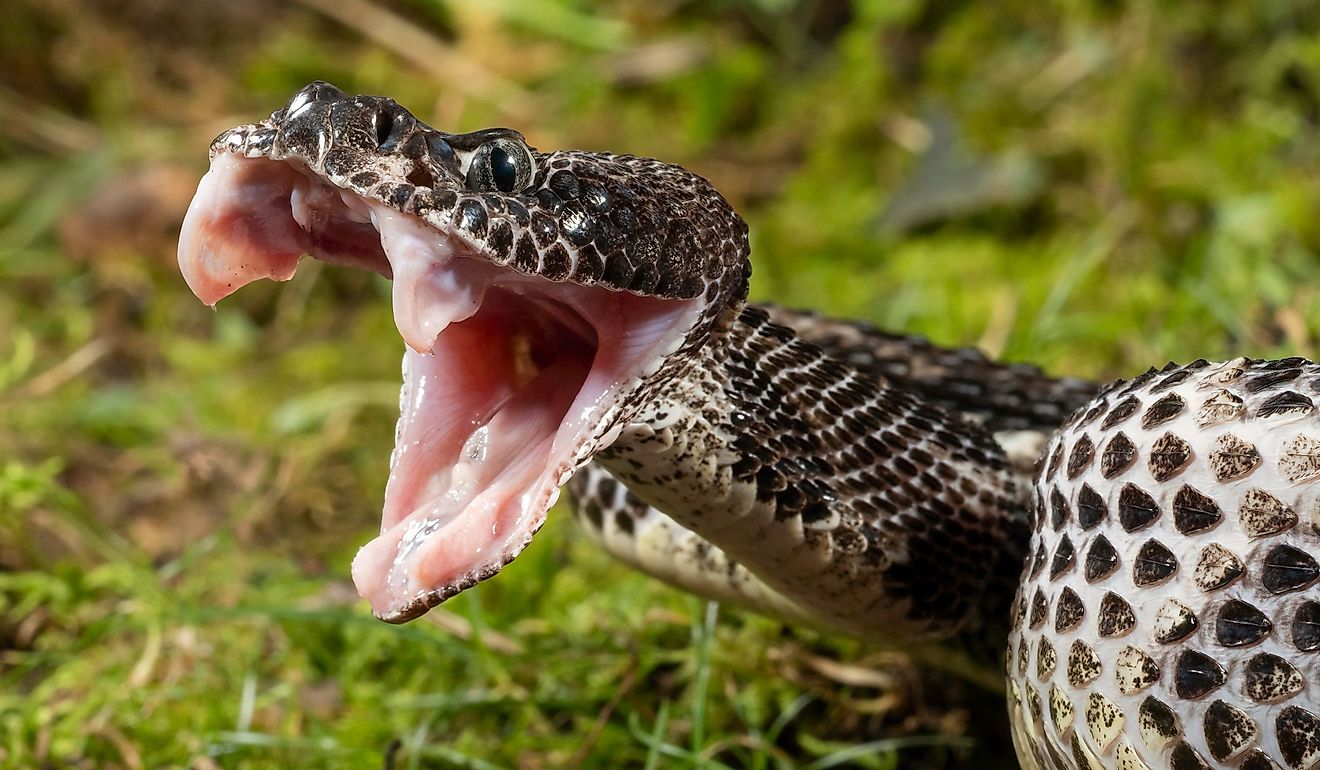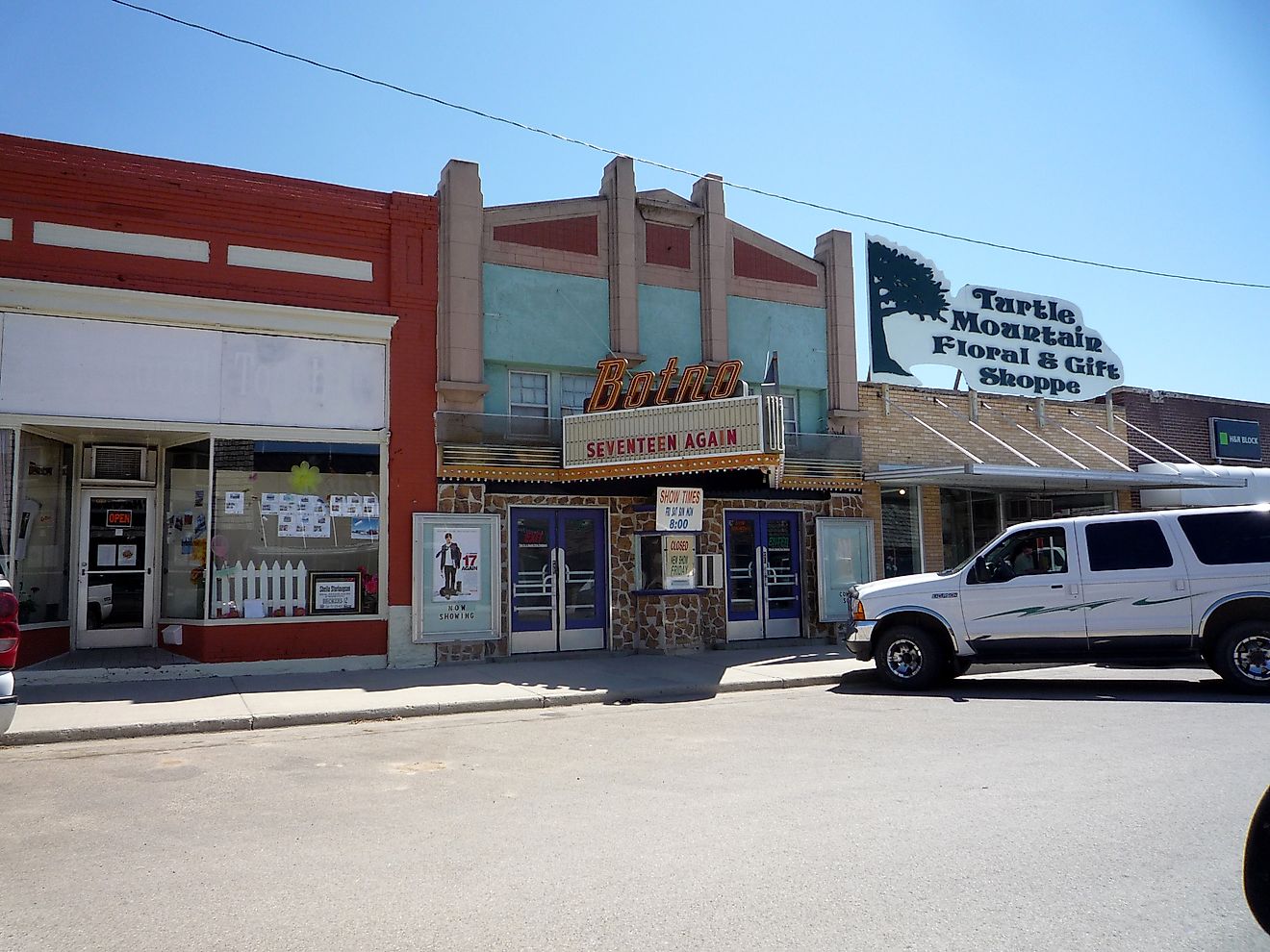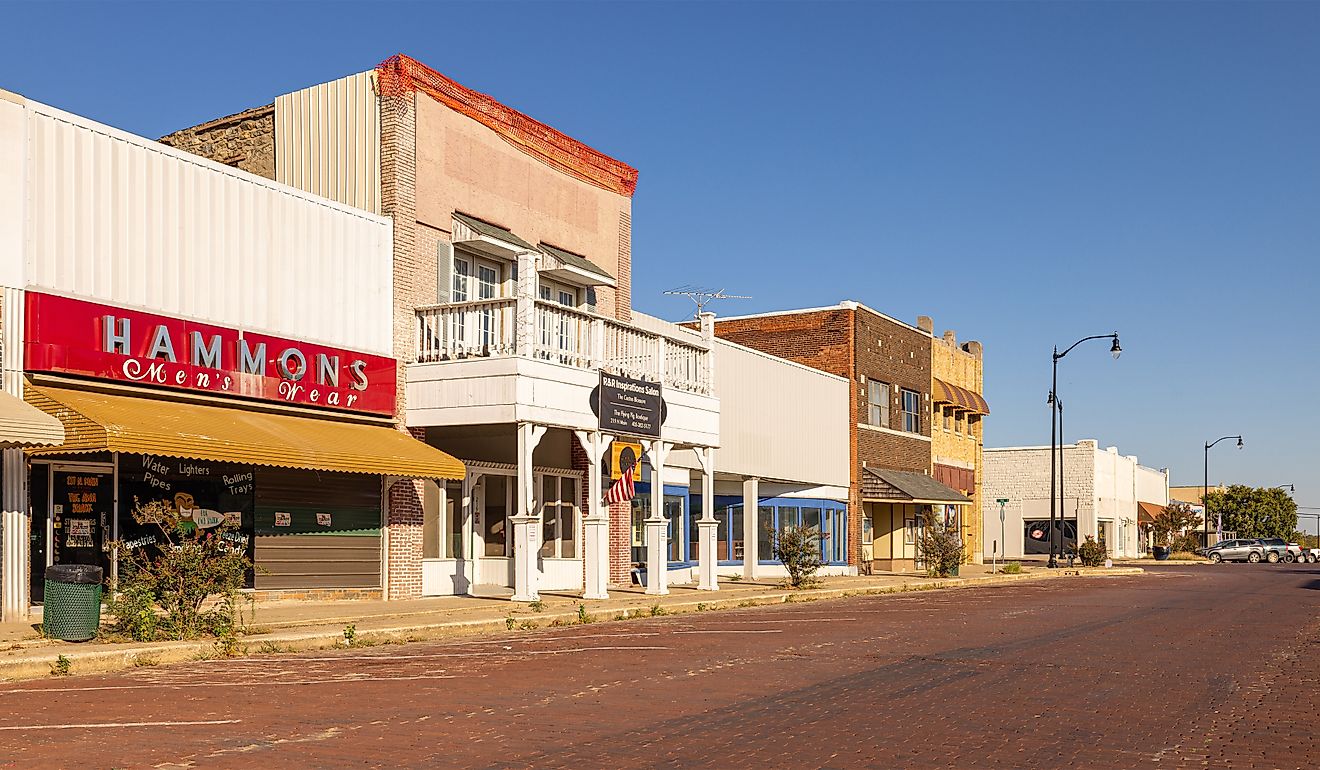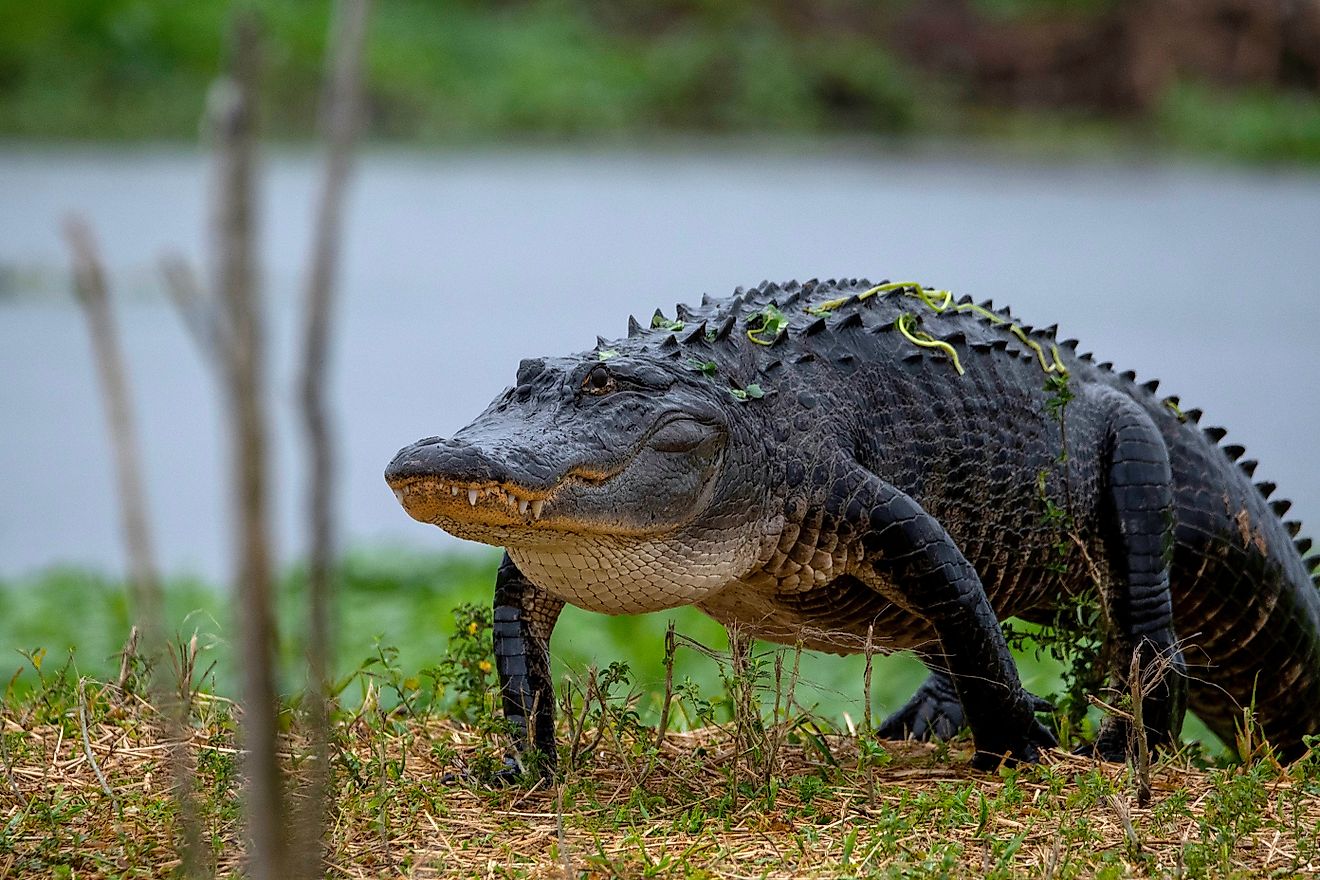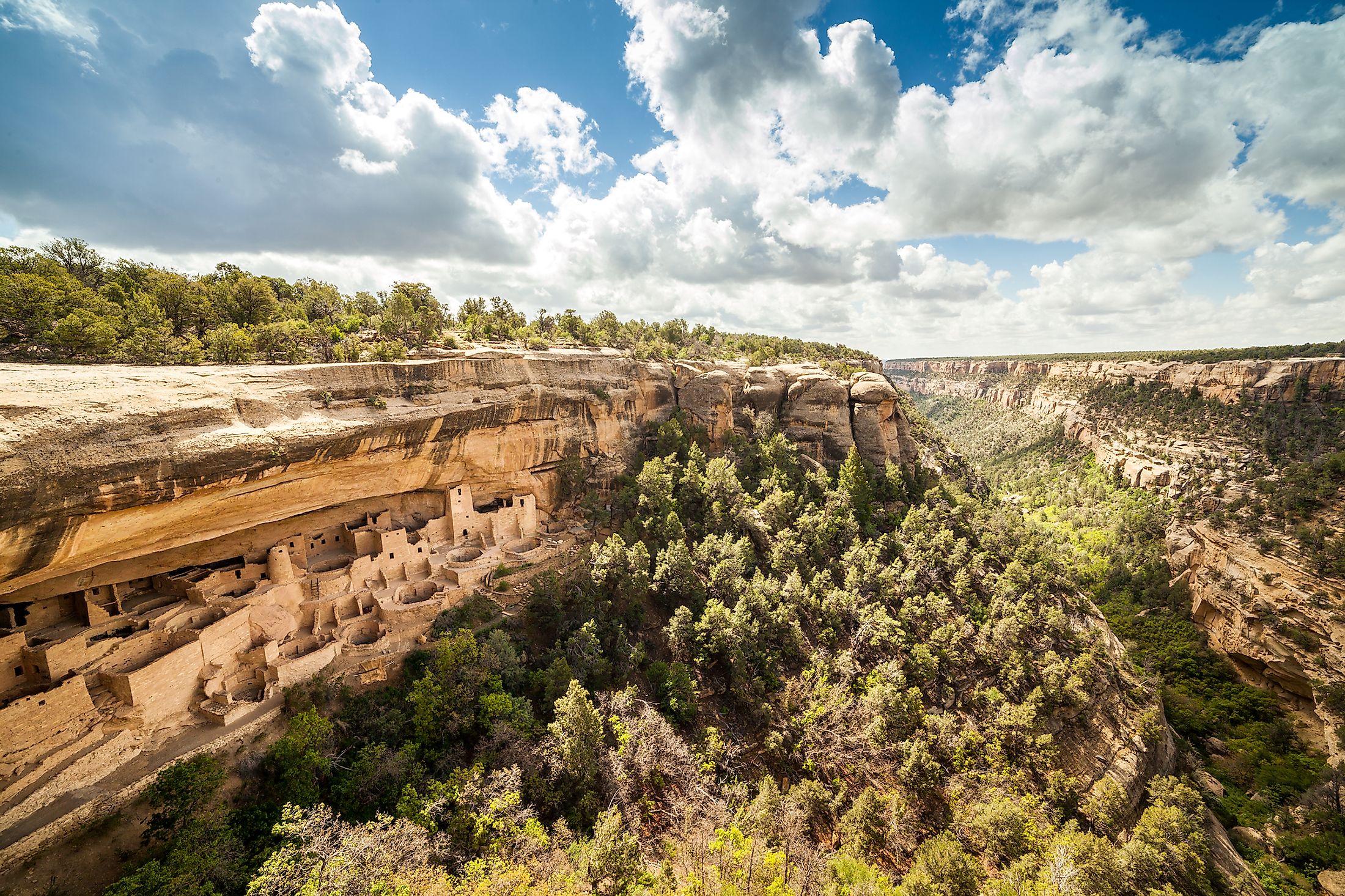
Mesa Verde National Park, Colorado
Covering an area of 269,837 sq. km, the State of Colorado is positioned in the west-central region of the United States. Nicknamed as the “Centennial State”, Colorado is also the 8th largest and the 21st most populous state in the USA. The State of Colorado contains exquisite geographical features ranging from canyons, alpine mountains, and high plains to deserts, and river valleys. There are about 23 UNESCO World Heritage Sites in the United States. Of these 12 are natural sites, 10 are cultural and only 1 is a mixed site.
Situated in the southwestern portion of the US State of Colorado in Montezuma County is the Mesa Verde National Park. The Park occupies an area of 212.40 sq. km and protects the ancient archaeological sites of the Ancestral Puebloans. In 1978, the Mesa Verde National Park was inscribed as a UNESCO World Heritage Site.
Contents:
Geography
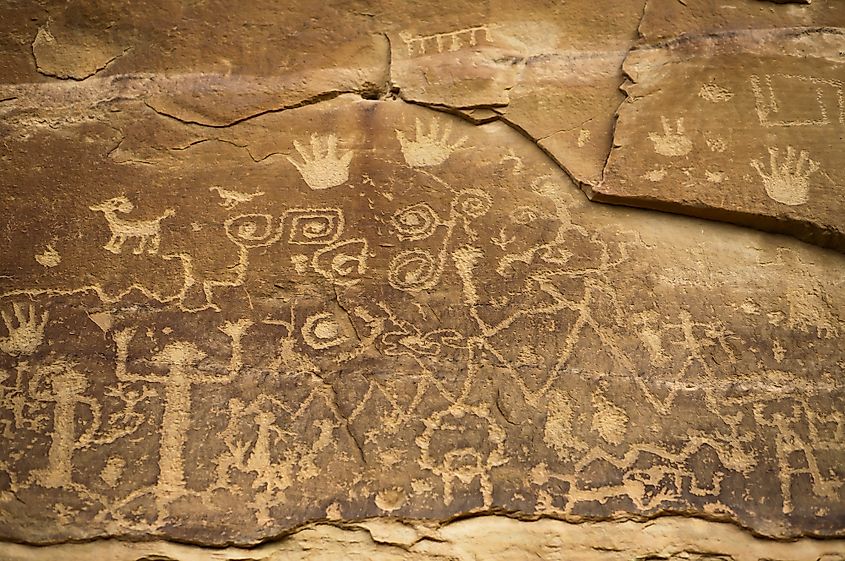
The Mesa Verde National Park occupies a part of a large sandstone plateau, which rises to an elevation of more than 2,600m above sea level and gradually slopes gently to the southern side. Therefore, geologically the Mesa Verde is considered as a ‘cuesta’ rather than a ‘mesa’. Over time, the cuesta has been dissected by rivers and streams creating a series of canyons, mountains, and low desert plateaus. Park Point, which rises to an elevation of 2,613m is the highest point in the Mesa Verde National Park.
Often referred to as the “Green Table” in Spanish, the Park features more than 5,000 known archaeological sites which include about 600 cliff dwellings, and is considered the nation’s largest archaeological preserve. The cliff dwellings that are found in the park range from small storage structures to large villages. The most widely known cliff dwelling in the Mesa Verde National Park is the “Cliff Palace” which is also the largest cliff dwelling in the entire continent of North America. It is believed that more than 250 people used to live in the cliff’s 217 rooms and 23 kivas.
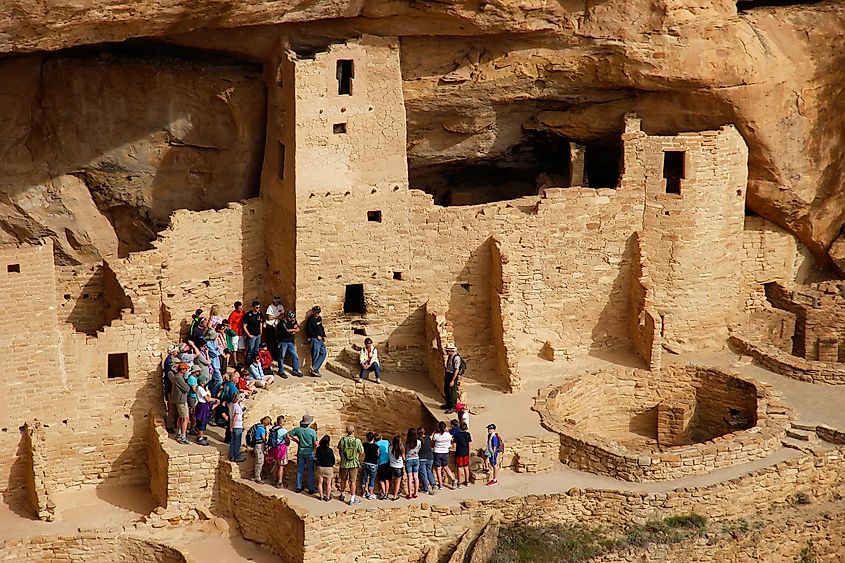
Geologists have found four Cretaceous-aged rock formations in the Mesa Verde National Park. From the oldest to the youngest, these rock formations are the Mancos Shale, Point Lookout Sandstone, Menefee Formation, and Cliff House Sandstone. As revealed by the fine-grained sandstones of the Mancos Shale, it is believed that this part of the continent was situated deep underwater during the early Cretaceous Period. The rocks of the Cliff House Sandstone were susceptible to weathering from the weak acids that were dissolved in the surrounding water and thus helped in the formation of alcoves that served as houses for the people who resided here.
Climate
According to the Köppen climate classification, the Mesa Verde National Park experiences a “humid continental climate”. The National Park is located in a transition zone between the arid low desert plateaus and the Rocky Mountains. July is the warmest month with an average temperature of 22.2°C, while January is the coldest month with an average temperature of -1.6°C. The Mesa Verde National Park receives an average annual precipitation of about 459.7mm.
Flora And Fauna
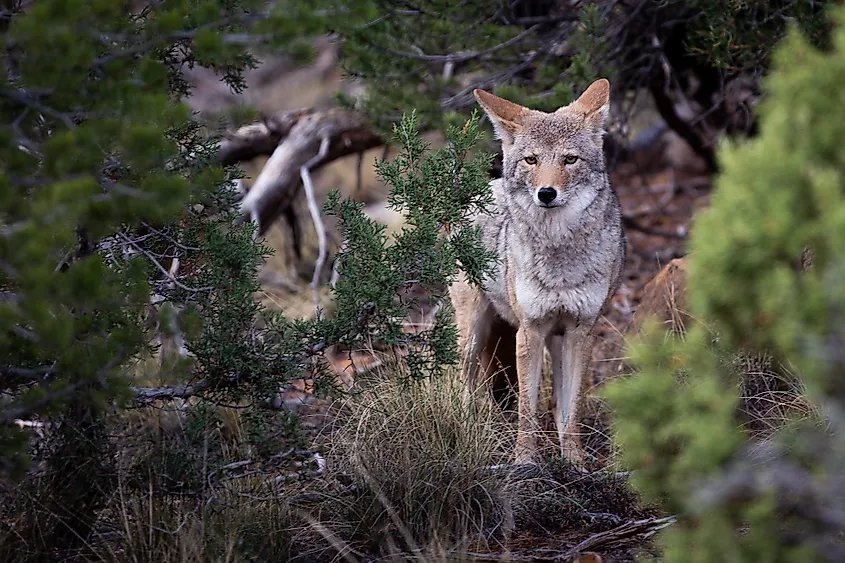
The Mesa Verde National Park supports four major plant communities such as the shrub-steppe community (includes sagebrush valleys), pinyon-juniper forests, mountain shrub communities, and Douglas fir and Ponderosa Pine. It is estimated that there are more than 640 plant species in the Mesa Verde National Park. Of these, there are about 556 species of vascular plants, 21 species of moss, 151 species of lichen, and 75 species of fungi. Besides this, many rare endemic plant species such as the Cliff Palace milkvetch are found in the park.
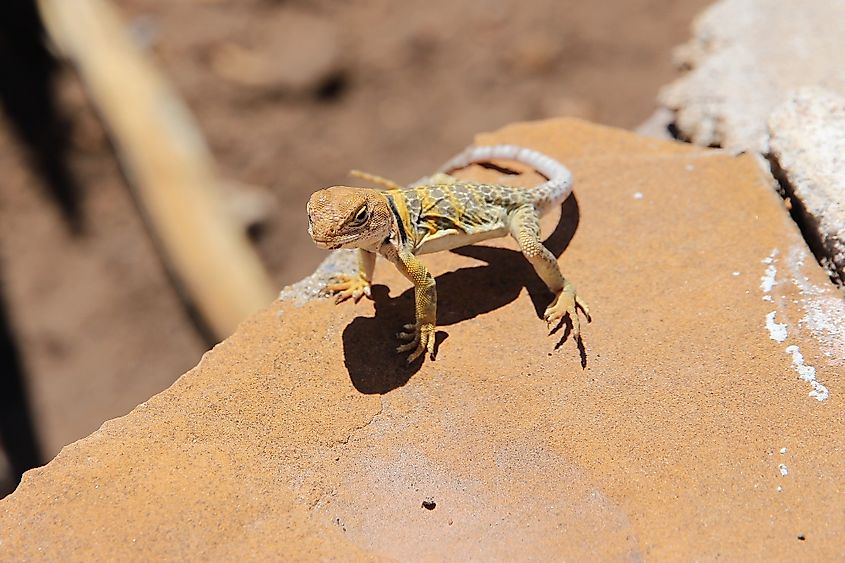
Many faunal species are found in the National Park. Reptilian species like the yellow-headed collared lizard, Northern plateau lizard, Desert striped whipsnake, Mesa Verde night snake, etc are found here. Few amphibian species like Red-spotted toad, Woodhouse’s toad, Boreal chorus frog, etc are found in the park. Numerous avian species like the Turkey vulture, Red-tailed hawk, Northern pygmy owl, Steller’s Jay, Canyon Wren, American Robin, etc. have been observed in the Mesa Verde National Park. Several Mammalian species like Merriam’s shrew, Black-tailed jackrabbit, Abert’s squirrel, American beaver, Rocky Mountain elk, American mink, American black bear, coyote, red fox, etc. are found in the Mesa Verde National Park.
Brief History
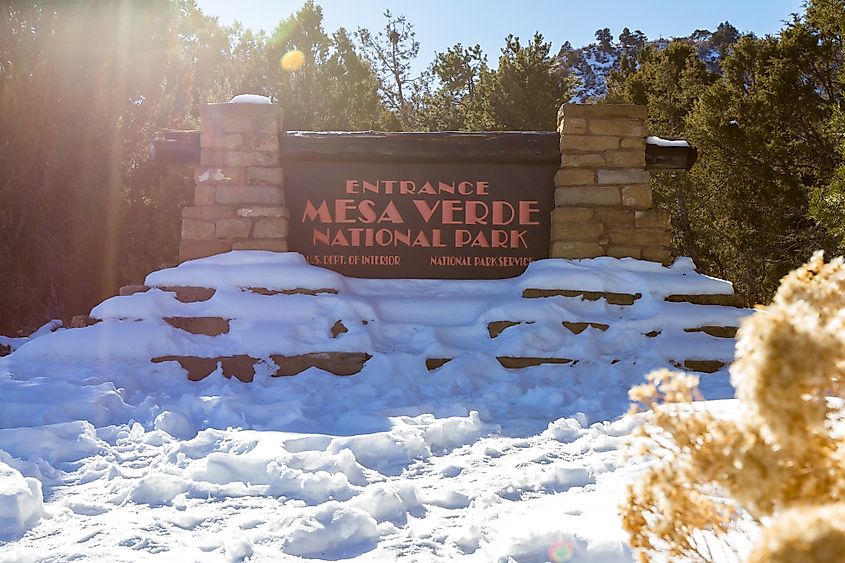
It is believed that the Mesa Verde region was originally inhabited by the nomadic Paleo-Indians, who started to live in the area around 9500BC. From 7500BC, the region was inhabited by a group of Paleo Indians known as the Foothills Mountain Complex. The large variety of ‘projectile points’ that have been found in the Mesa Verde region indicate that these people were greatly influenced by the surrounding areas of the Rio Grande Valley, the San Juan, and the Great Basins. The Archaic people who lived in the outlying areas started building rock shelters and rock arts in and around the Mesa Verde region. The introduction of the cultivation of corn in the region marked the end of the Archaic culture around 1000BC. The region was then inhabited by the Basketmaker people who built pithouse settlements on the top of the mesas. The Basketmakers also made pots and cultivated crops like squash, corn, and beans. Around 750CE, the area began to be inhabited by the Pueblo I people who were the descendants of the Basketmakers. Surface dwellings also began to be constructed during this time. From 1150 to 1200, the Ancestral Pueblo people began to shift their dwellings from the top of the mesas into the alcoves under the canyons. During this time, the Ancestral Pueblo people started to construct cliff dwellings using sandstone and mud mortar. After the Mesa Verde region faced a series of severe droughts coupled with wars and environmental instability, the Ancestral Puebloans abandoned the area and moved to new locations further south.
On June 29, 1906, the US Congress and President Theodore Roosevelt established the “Mesa Verde National Park”. In 1978, the Mesa Verde National Park was inscribed as a UNESCO World Heritage Site.
